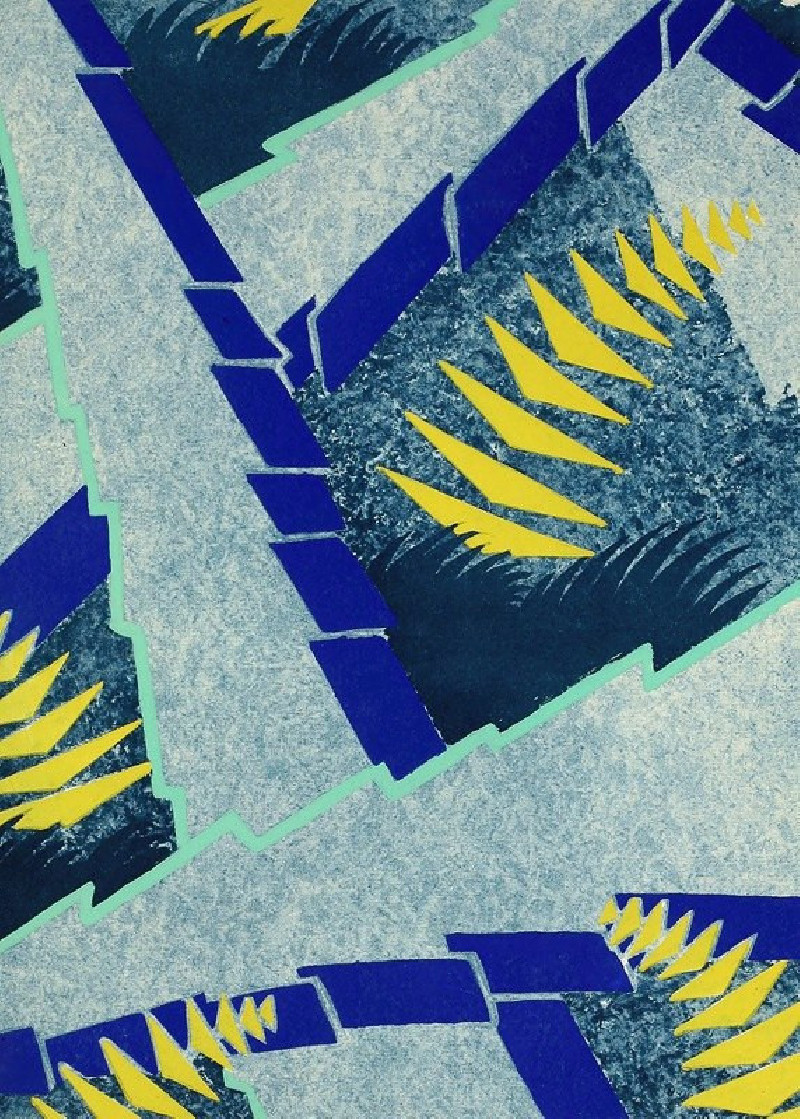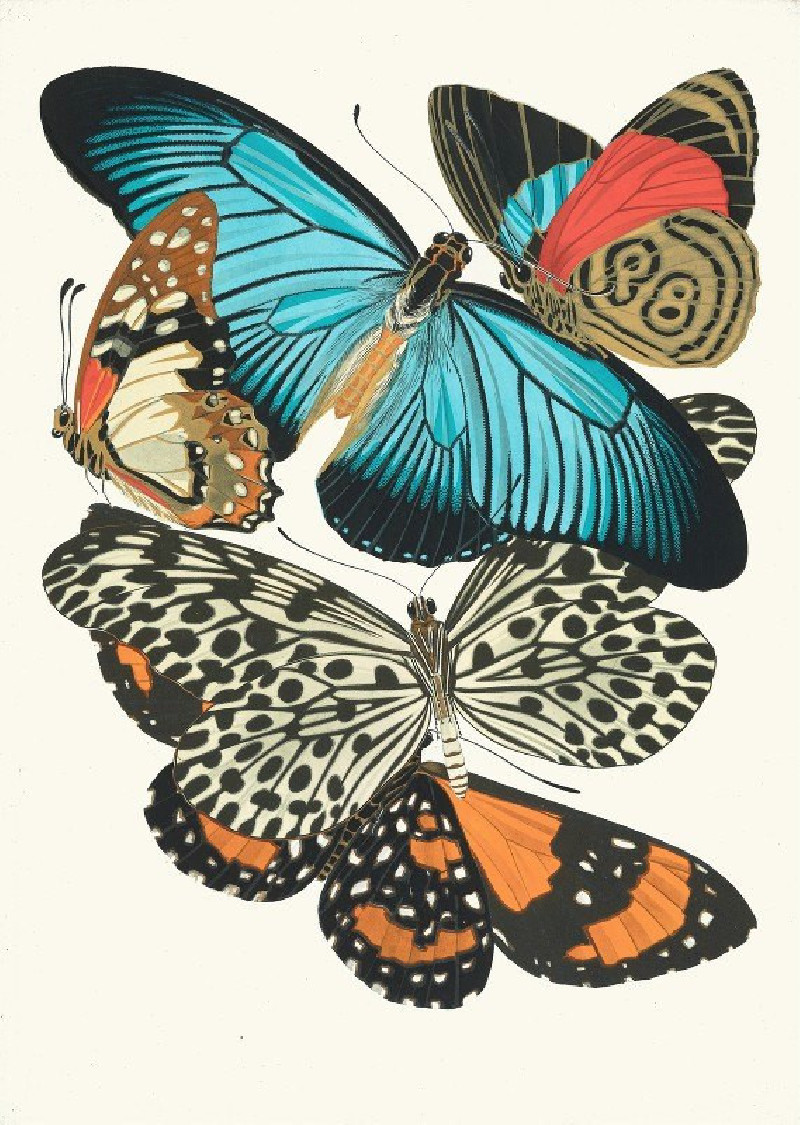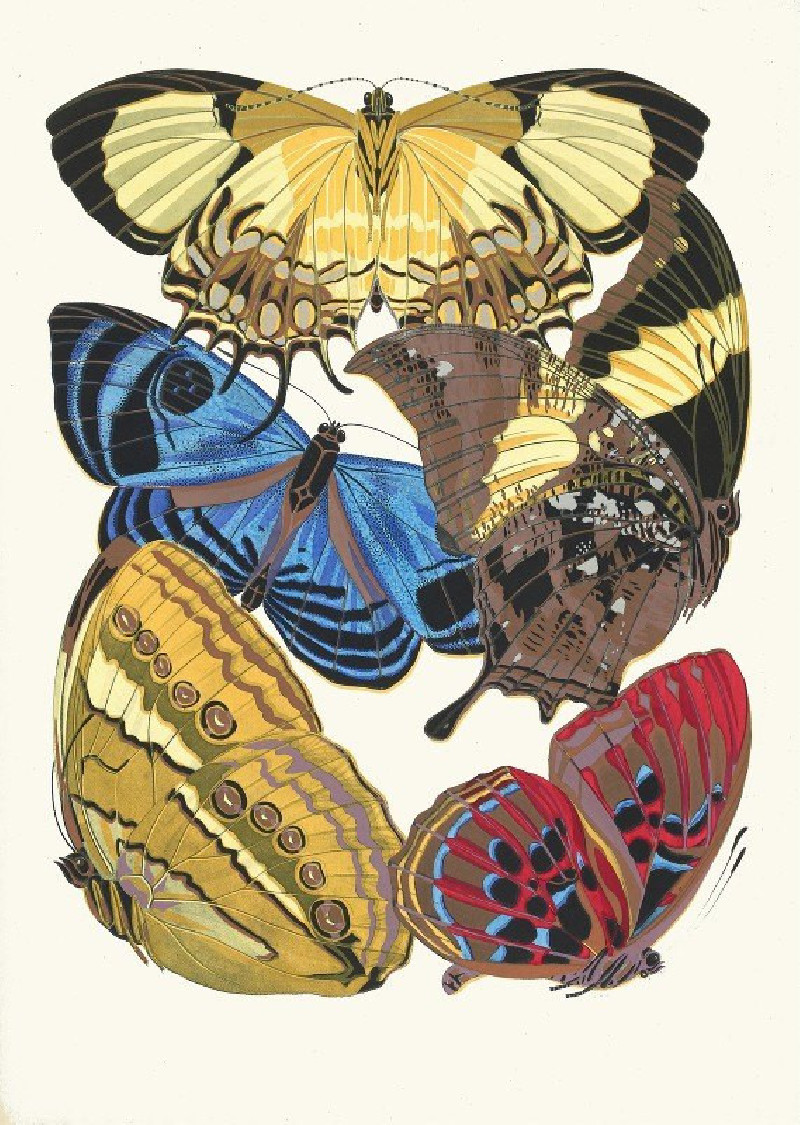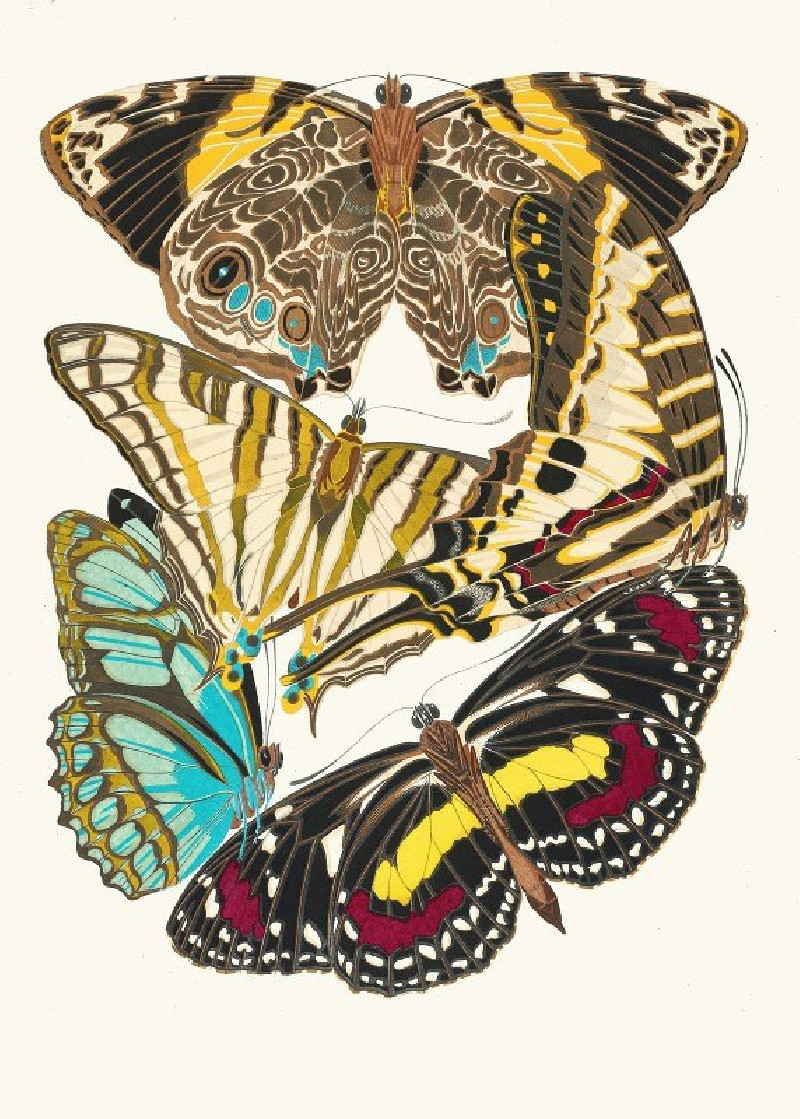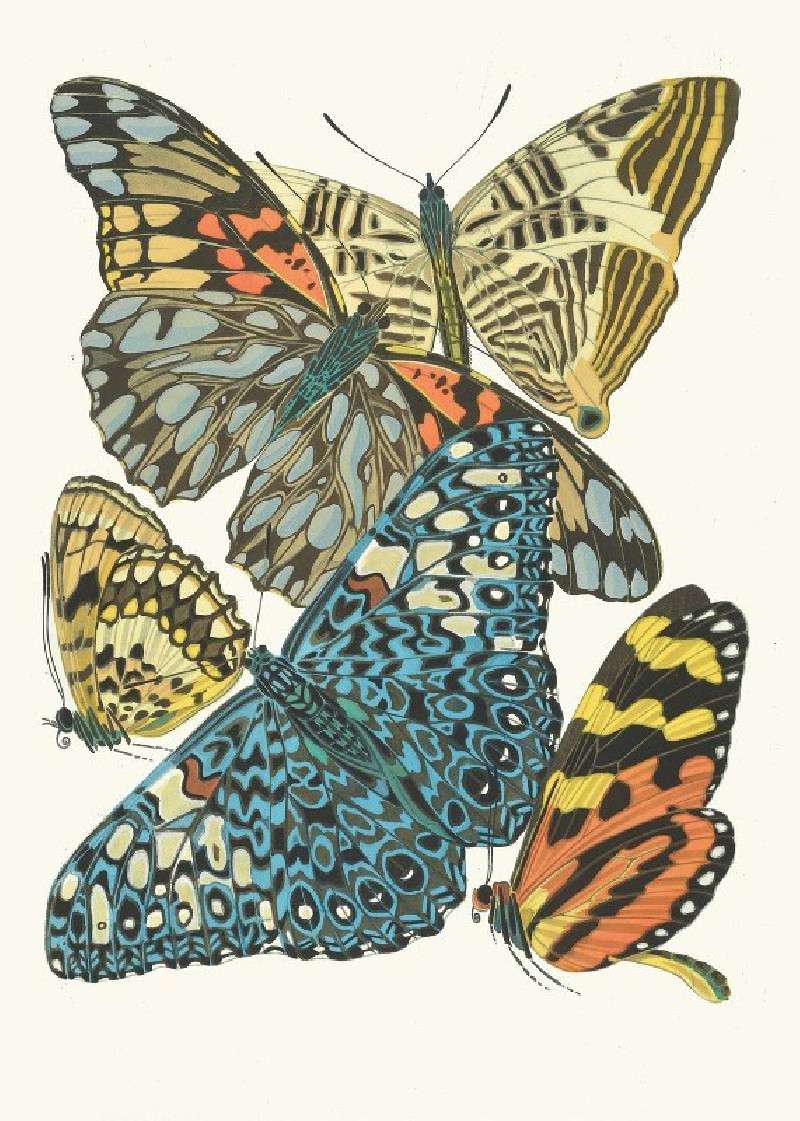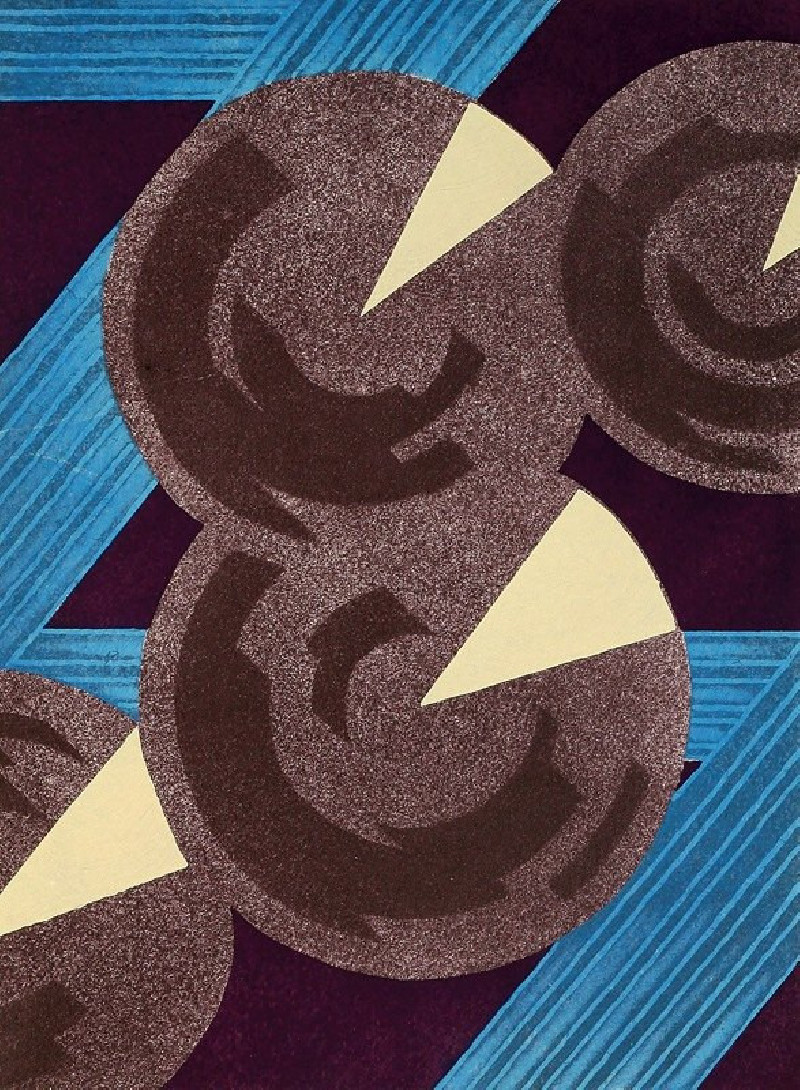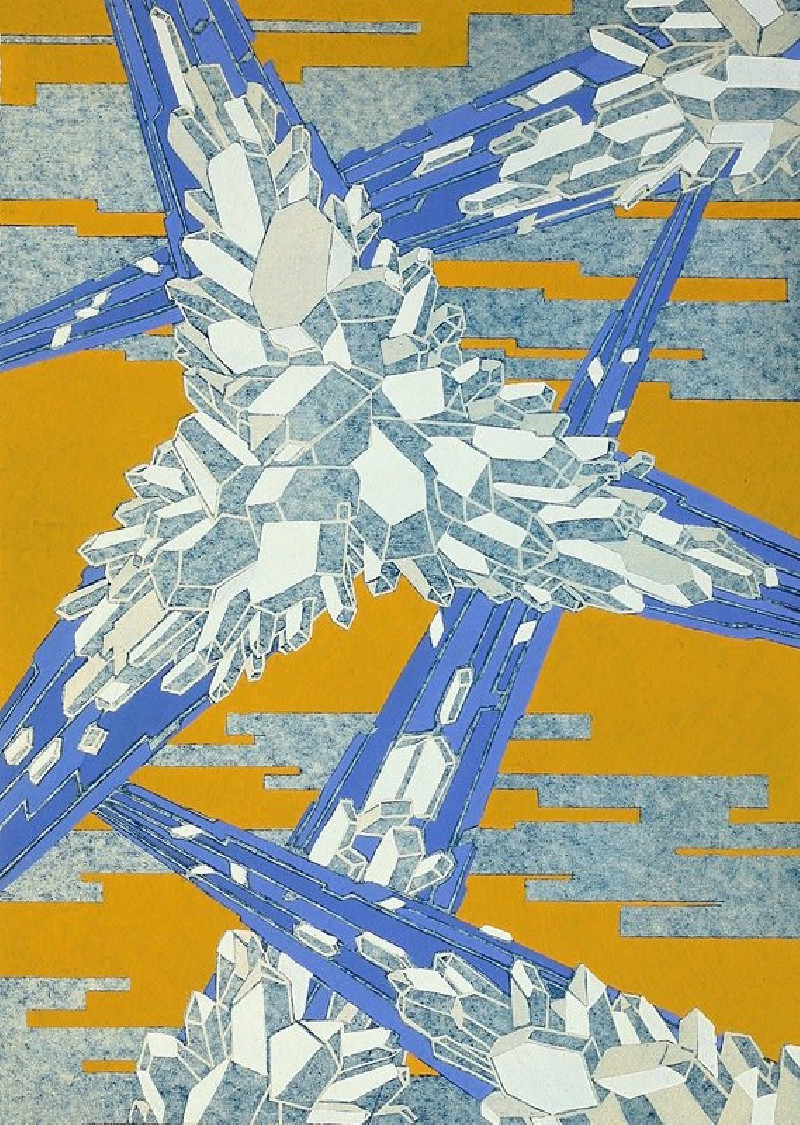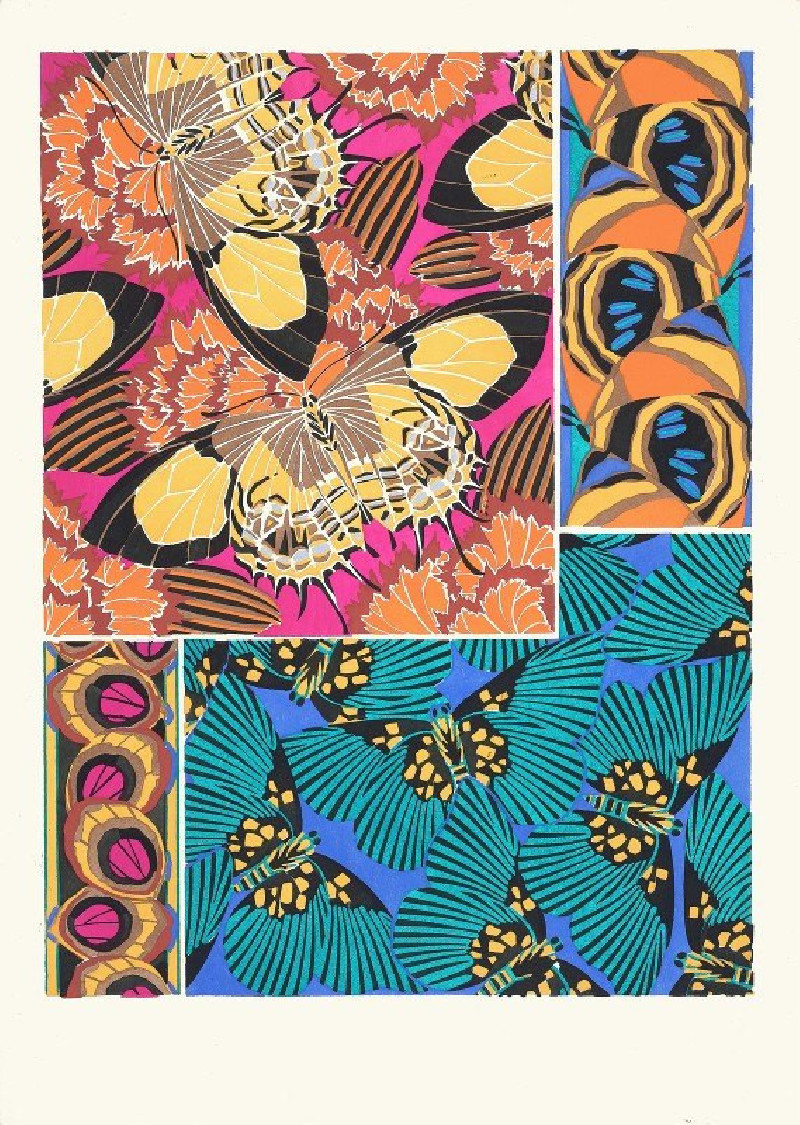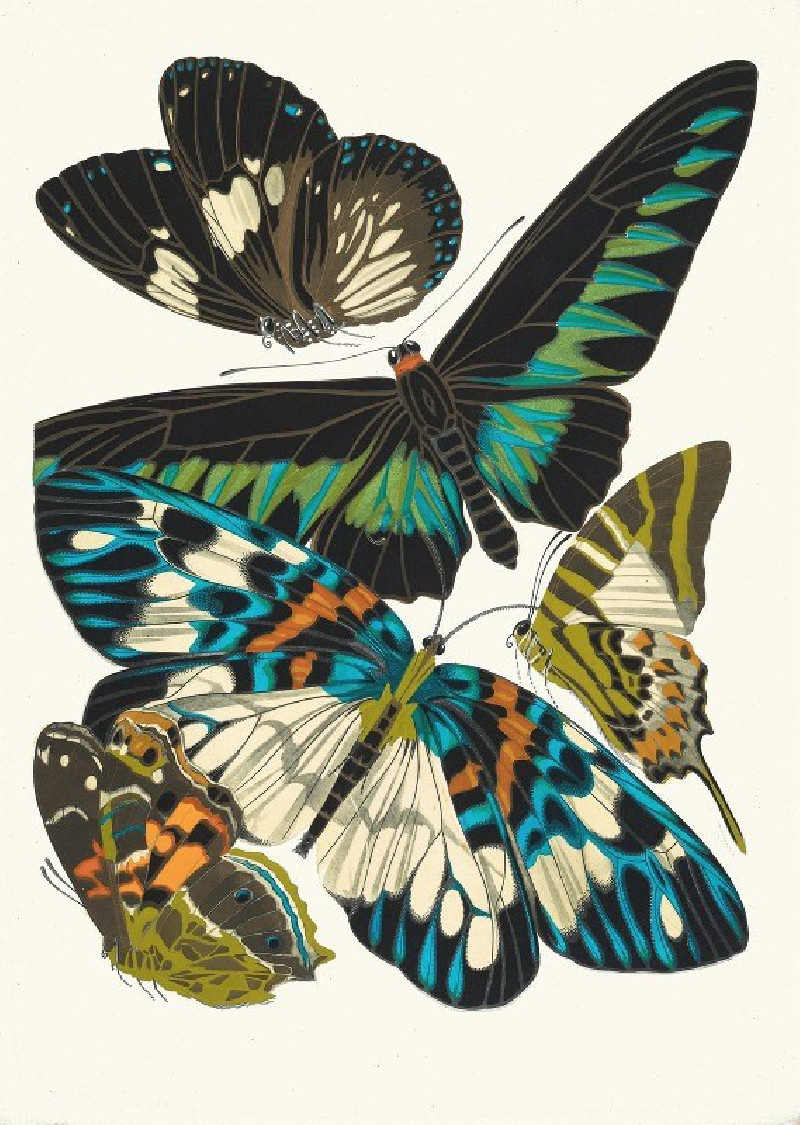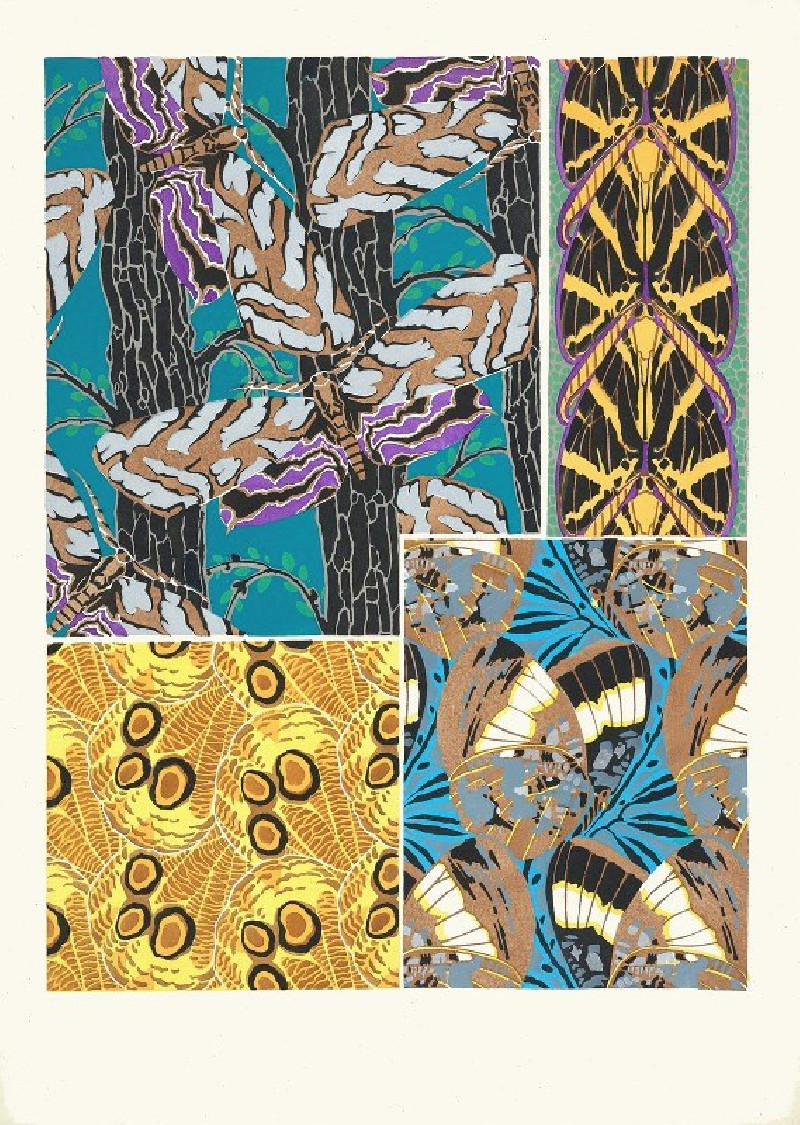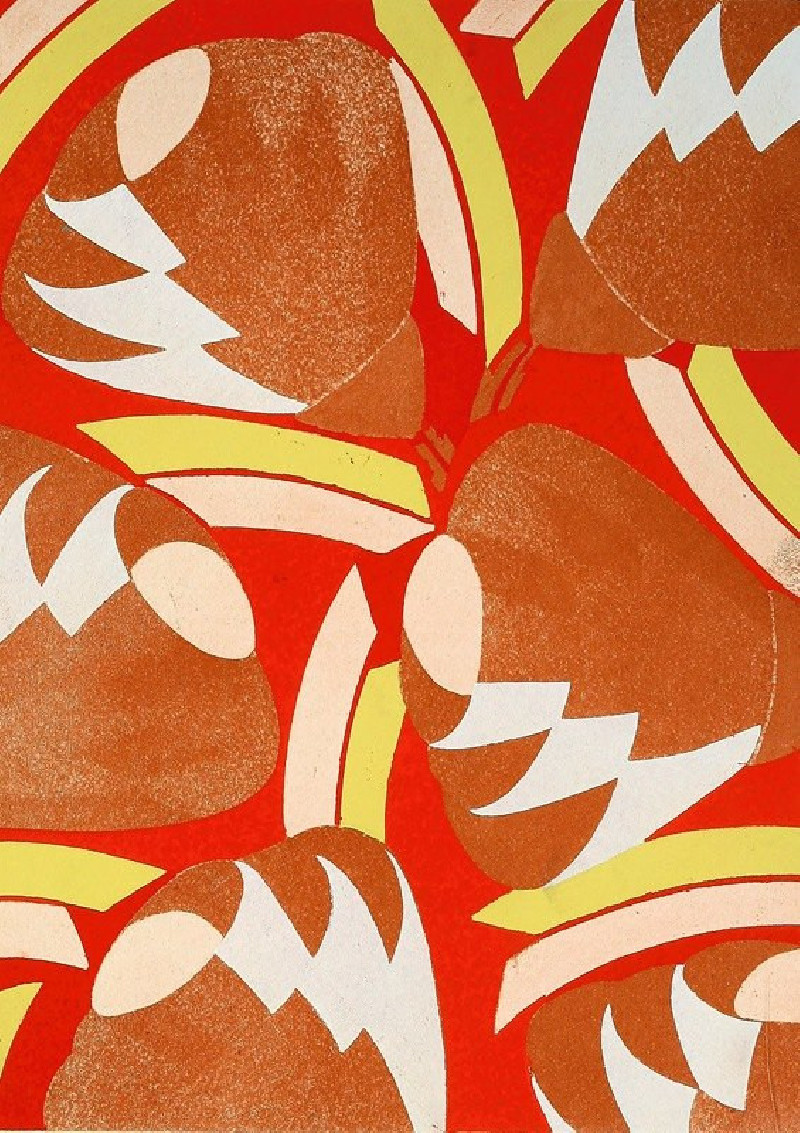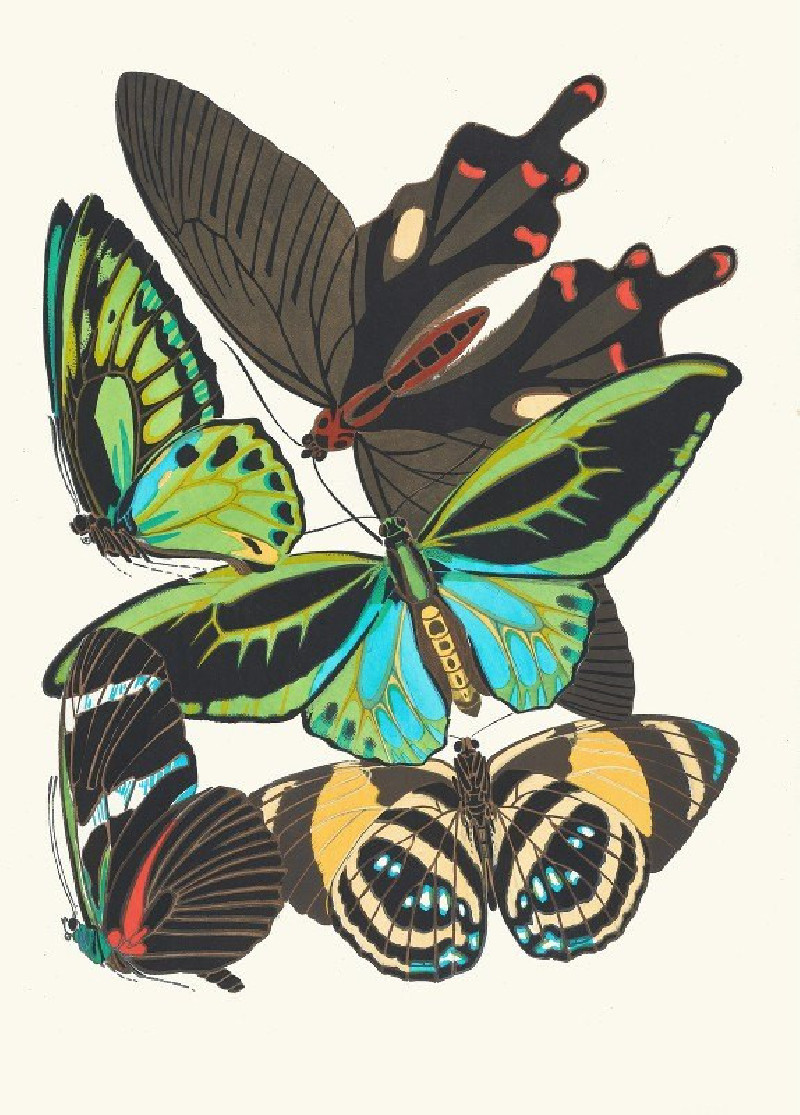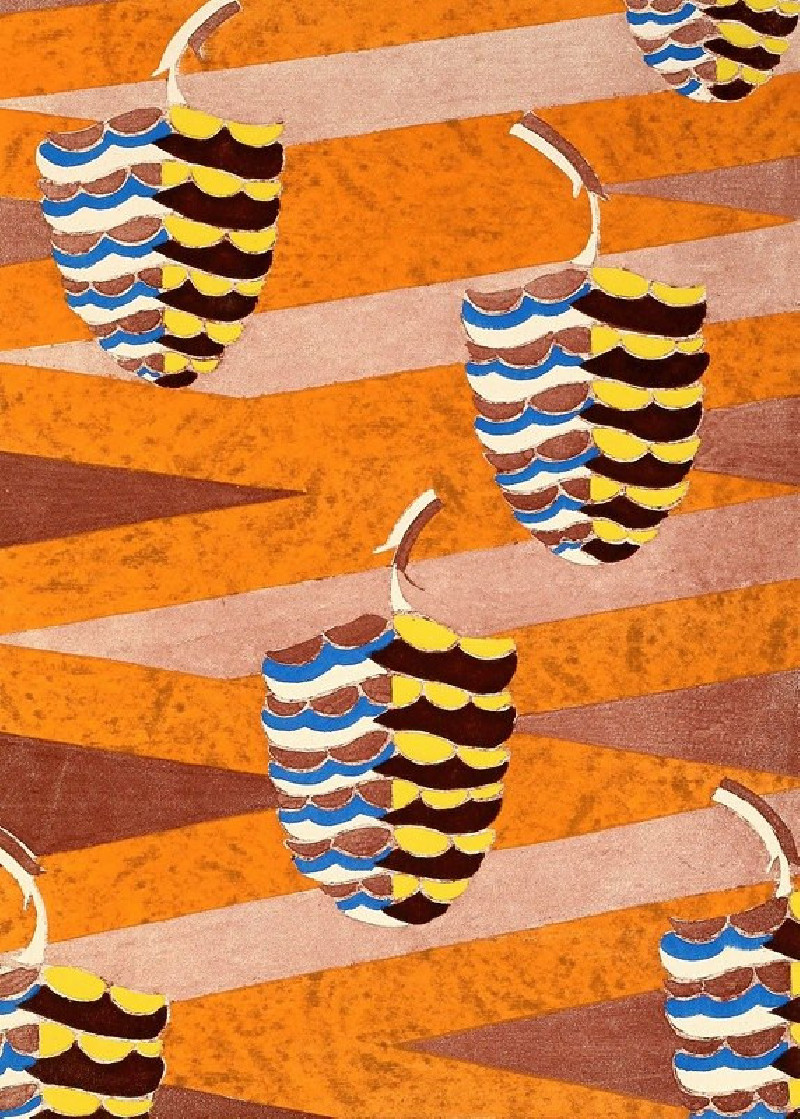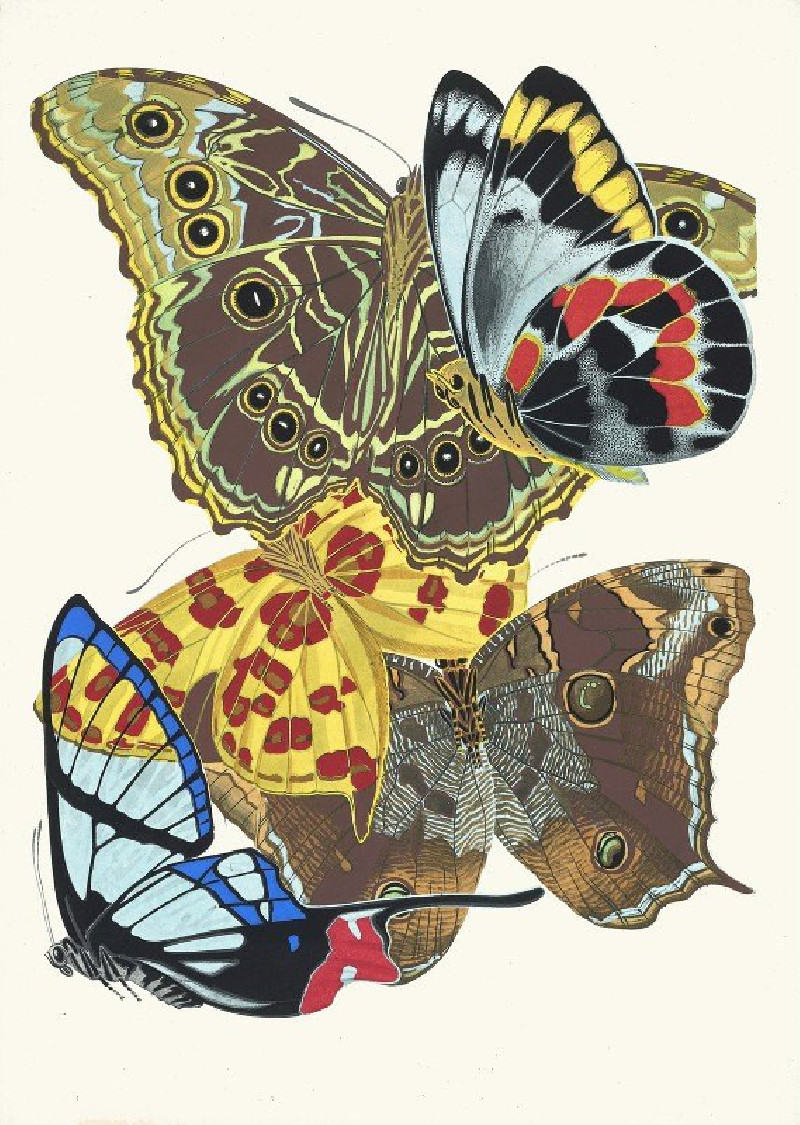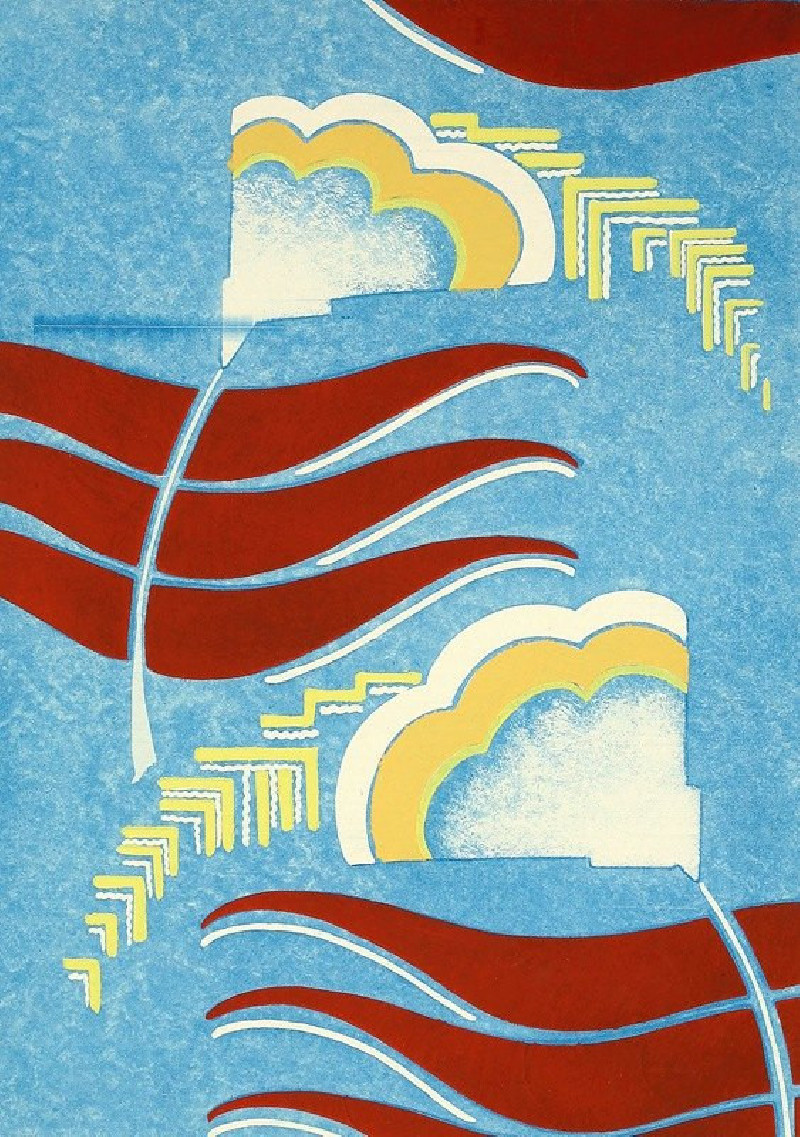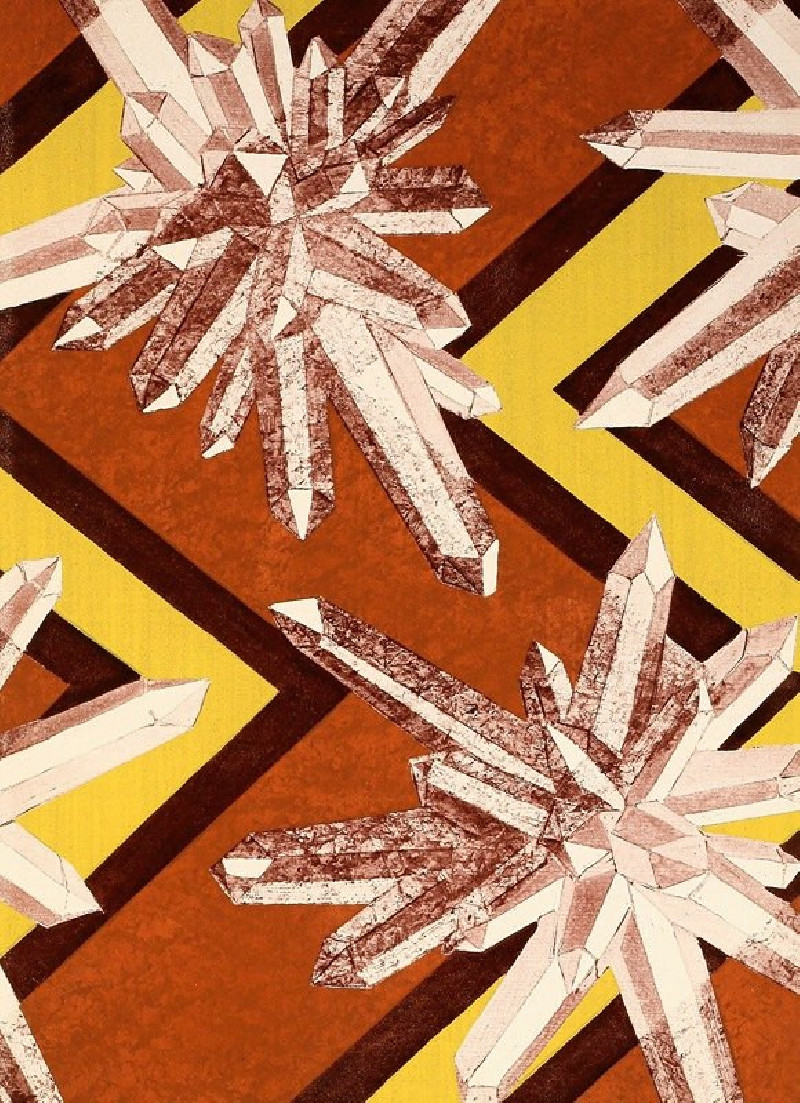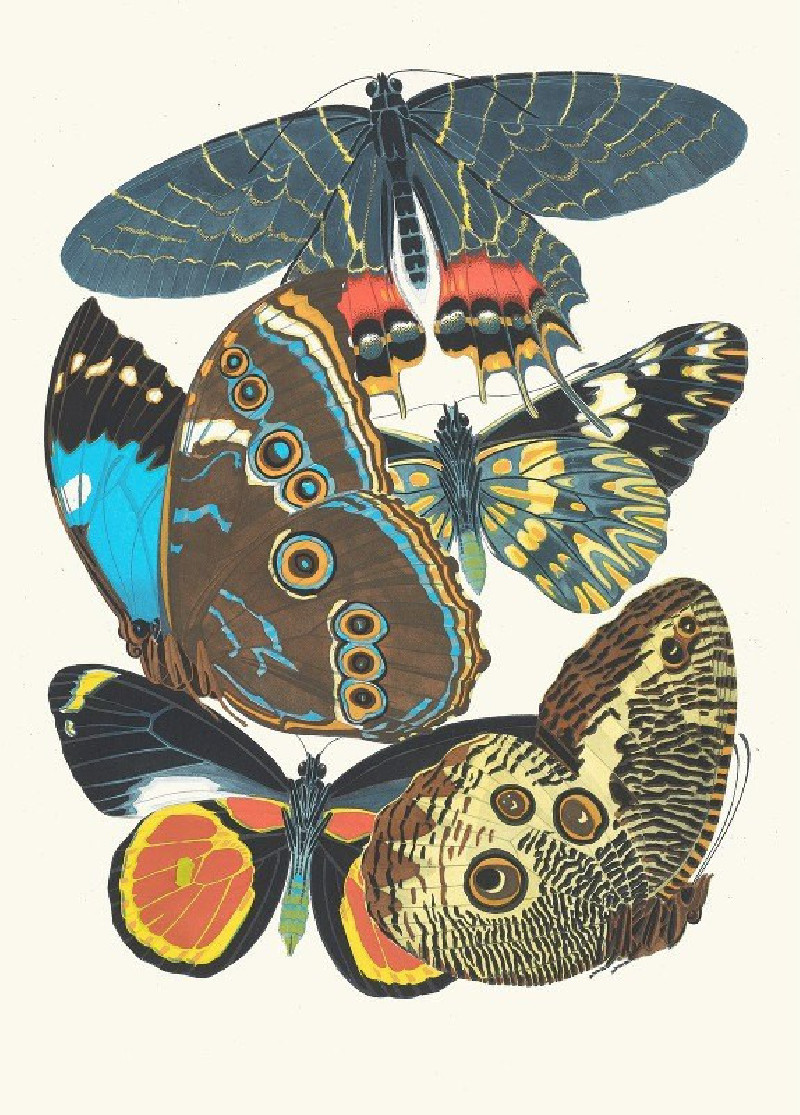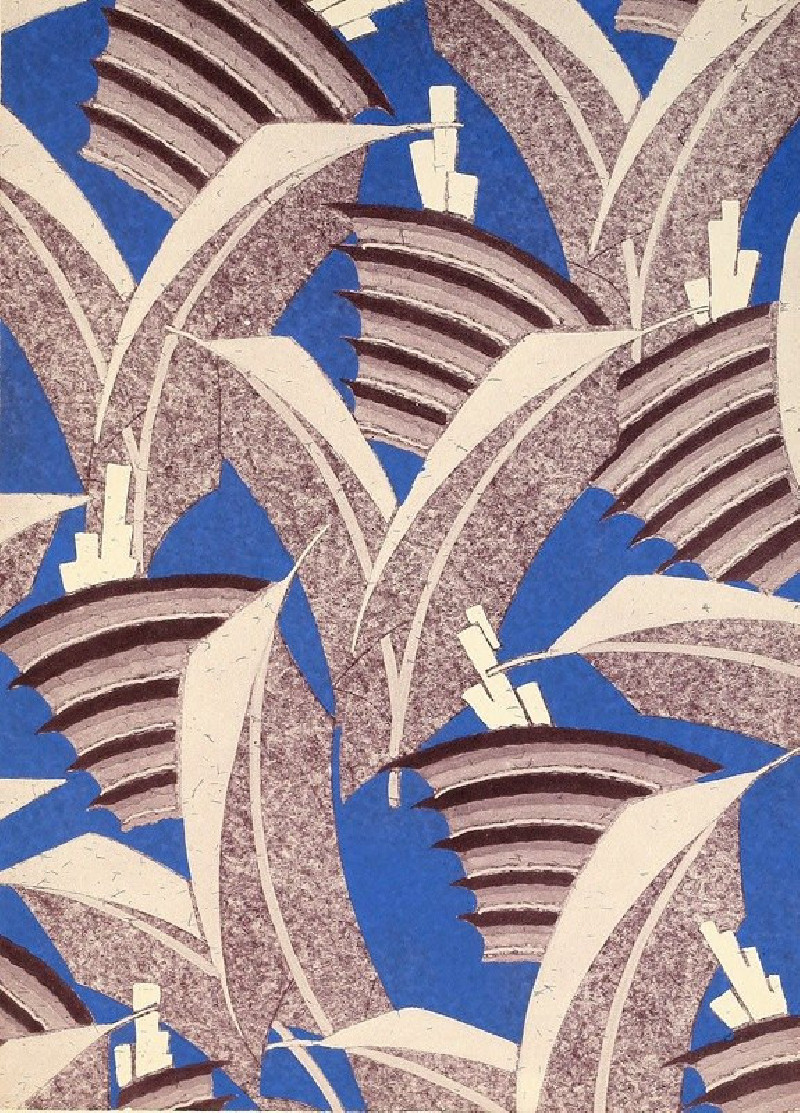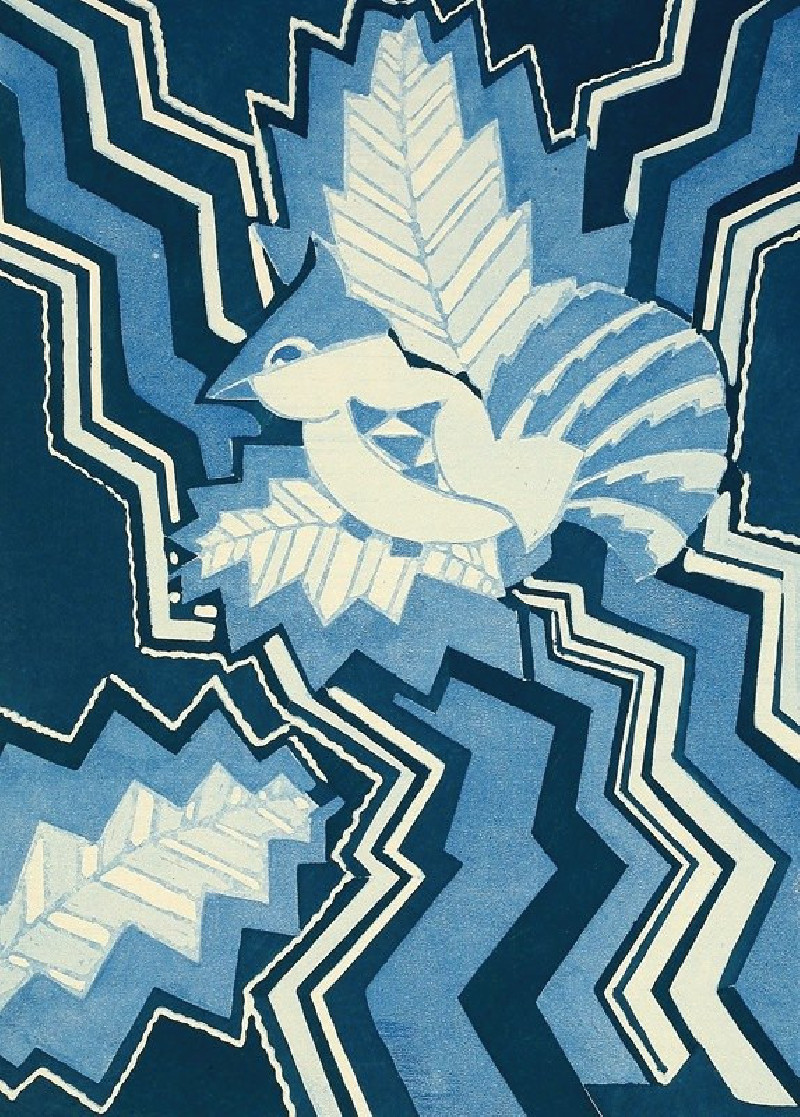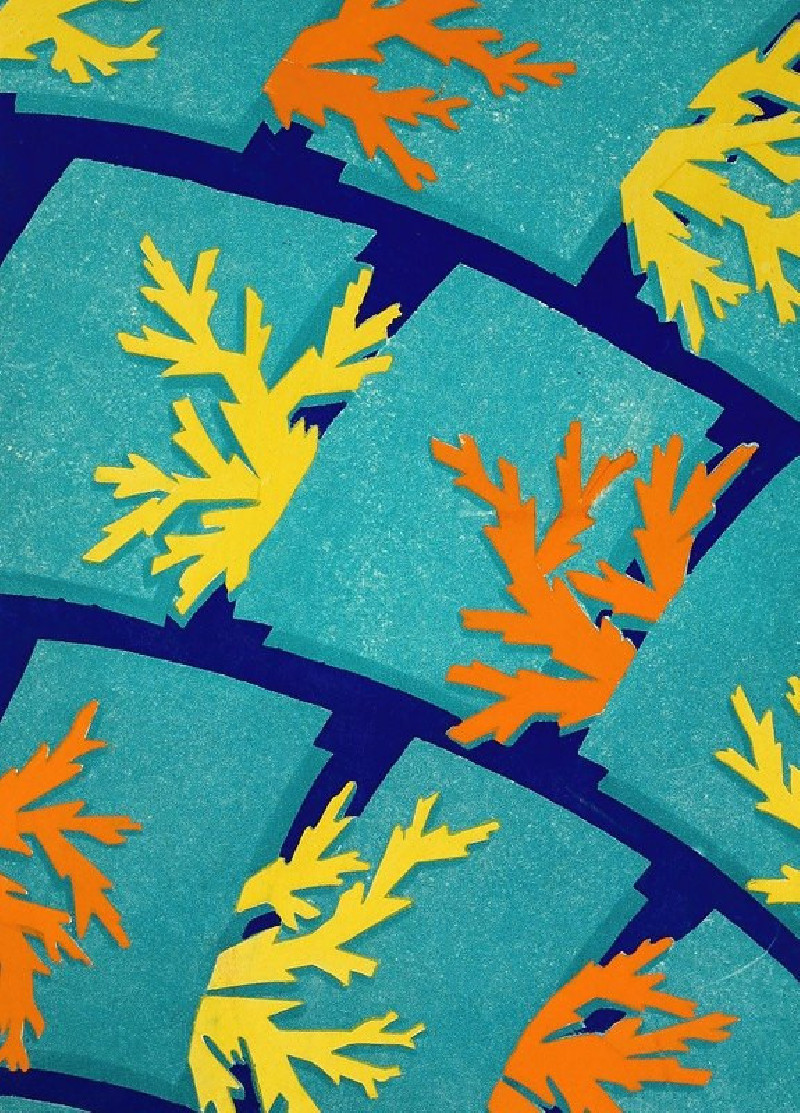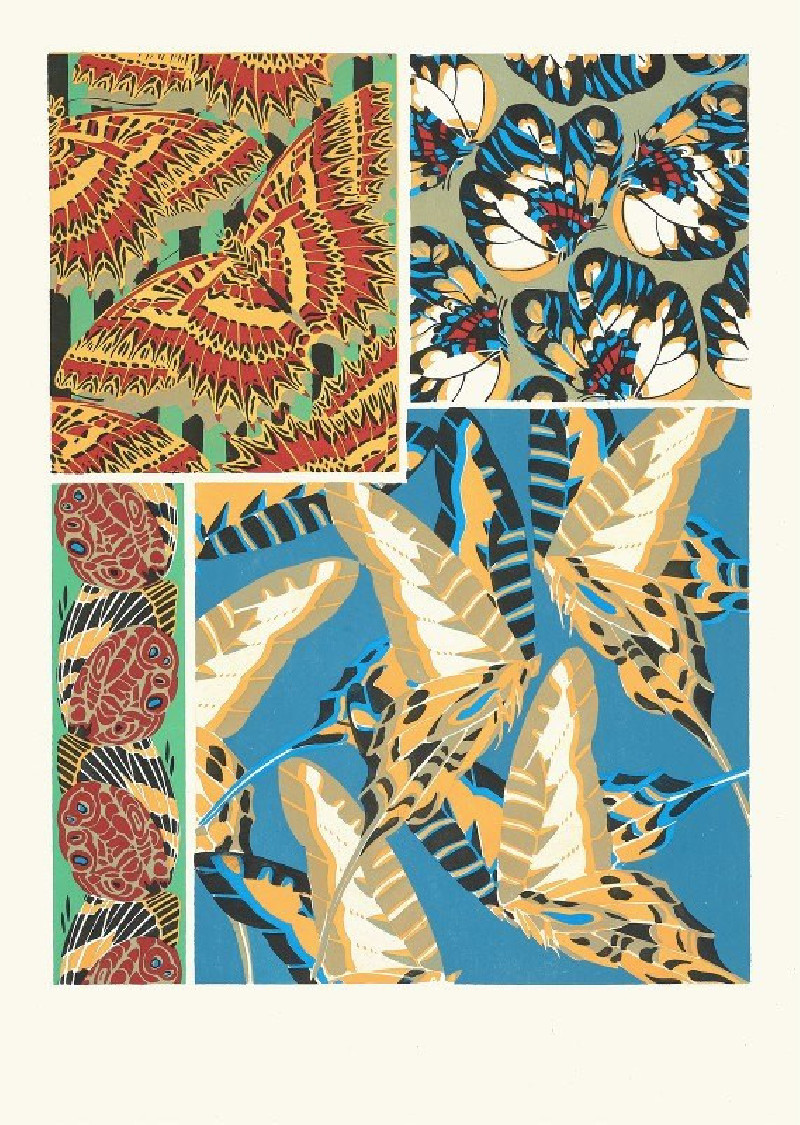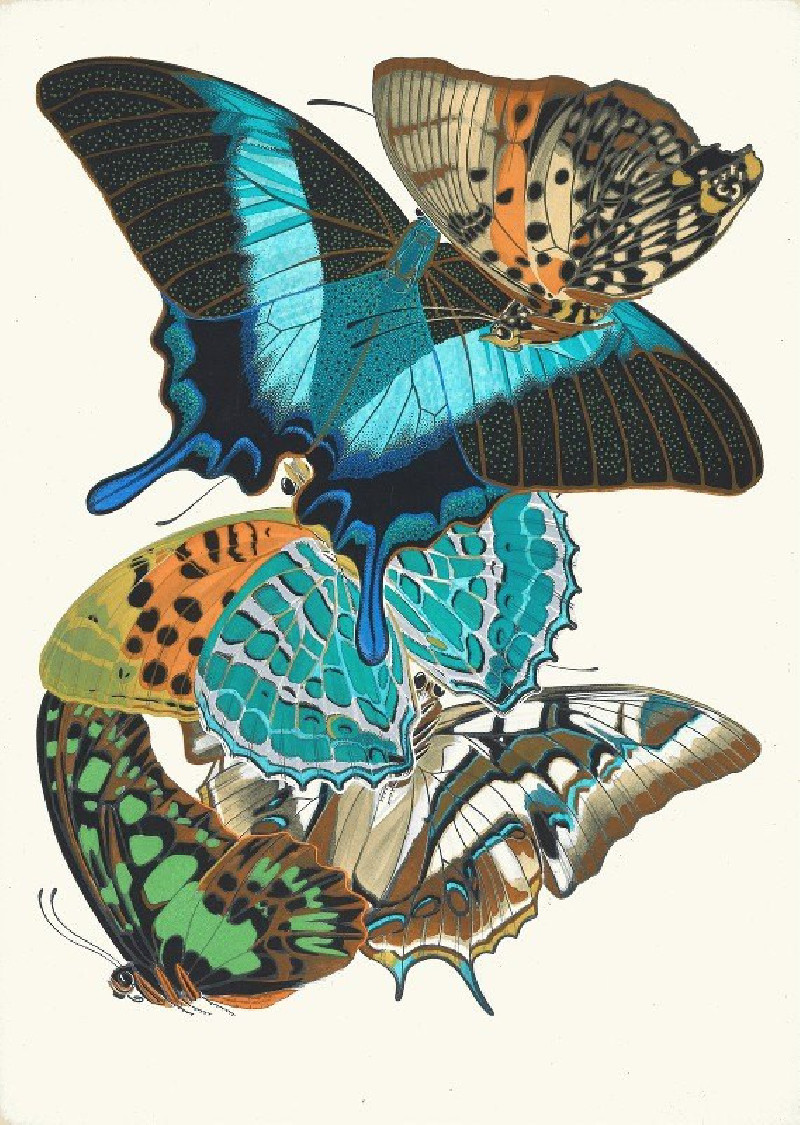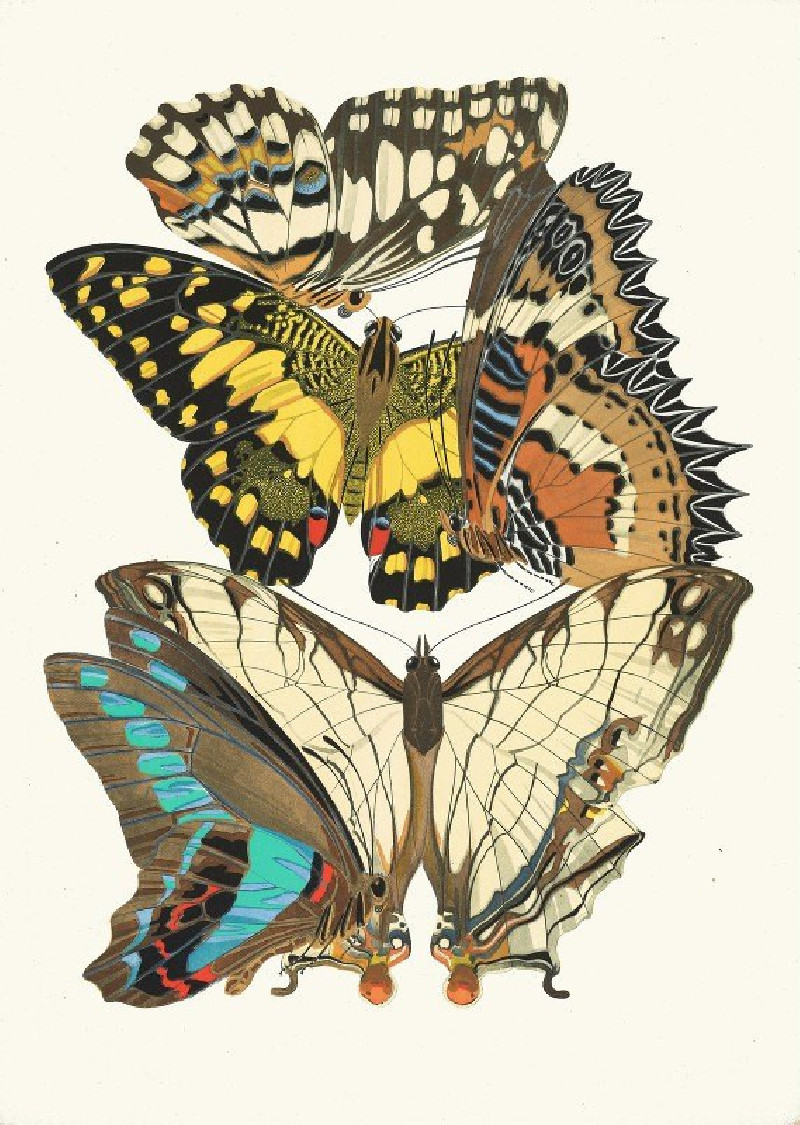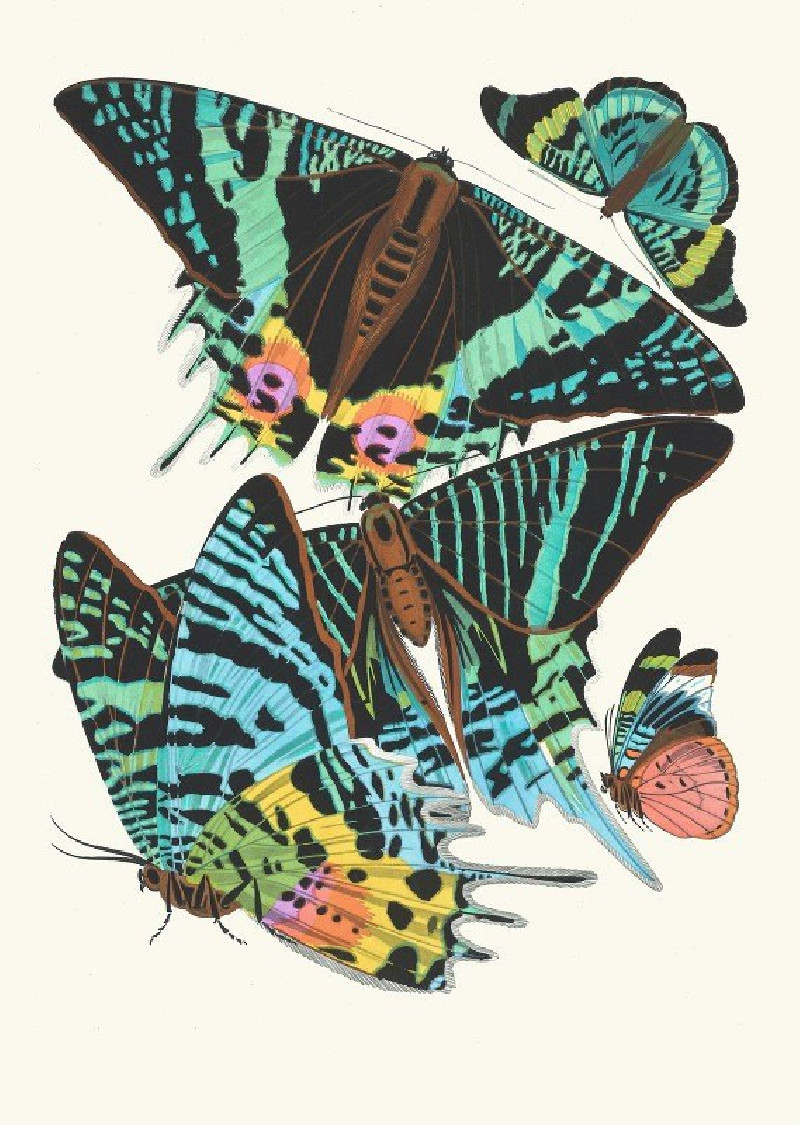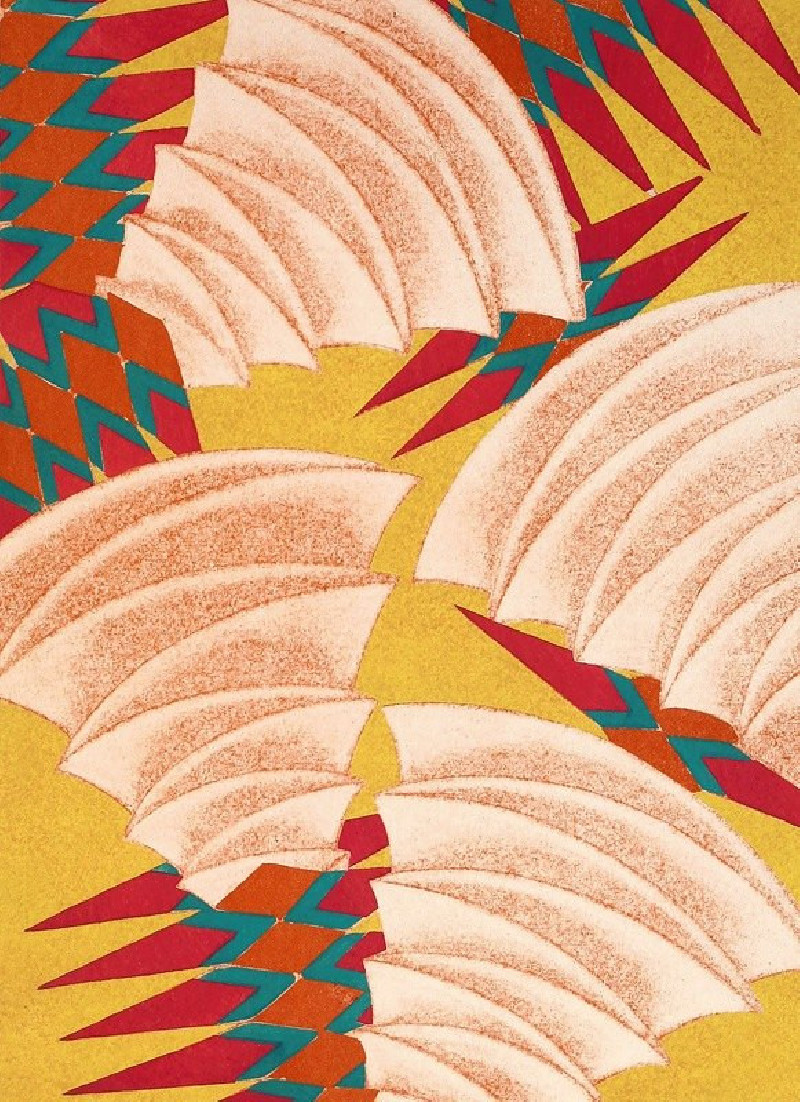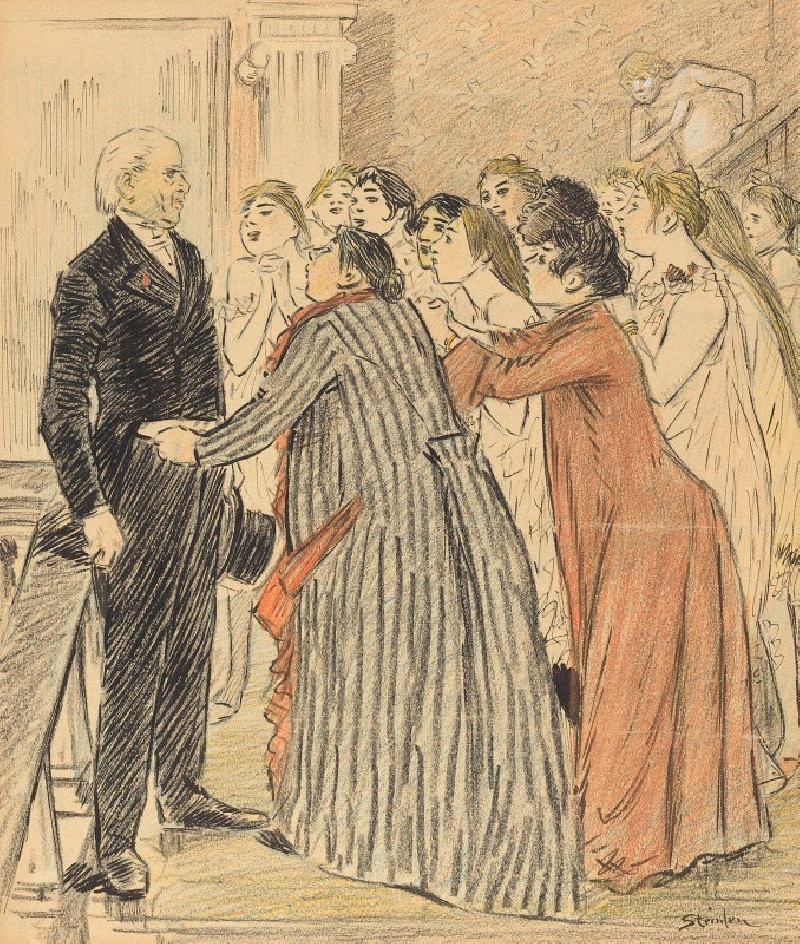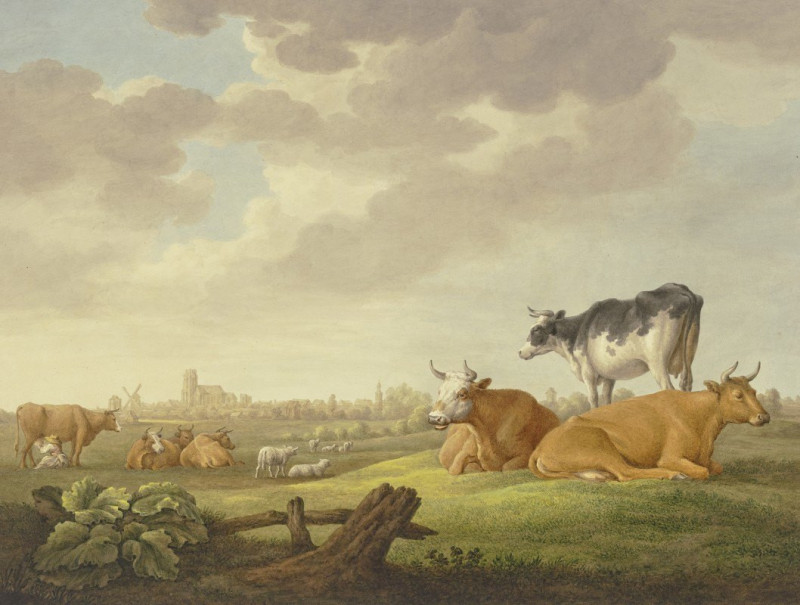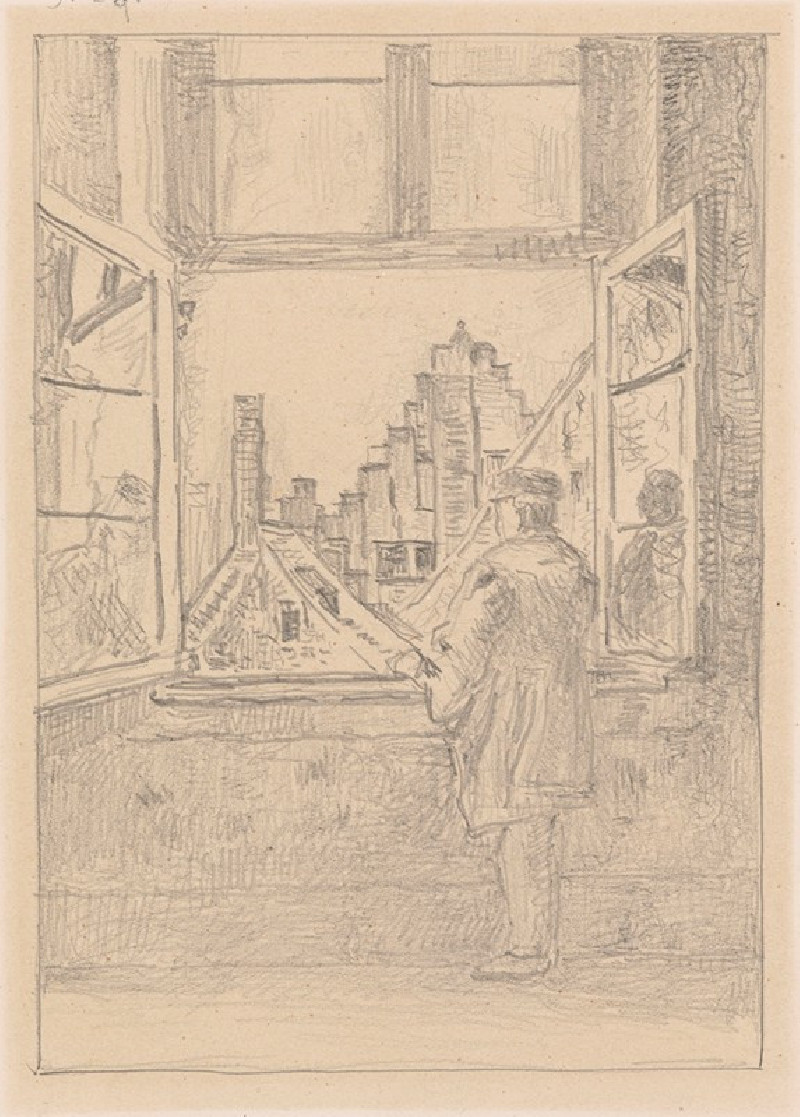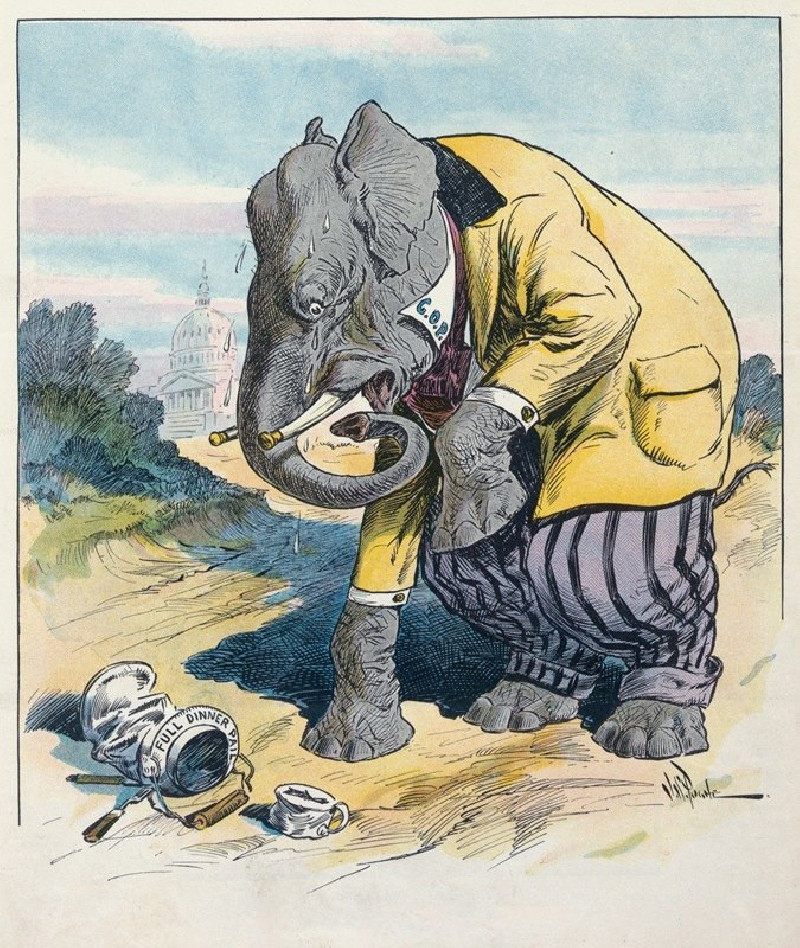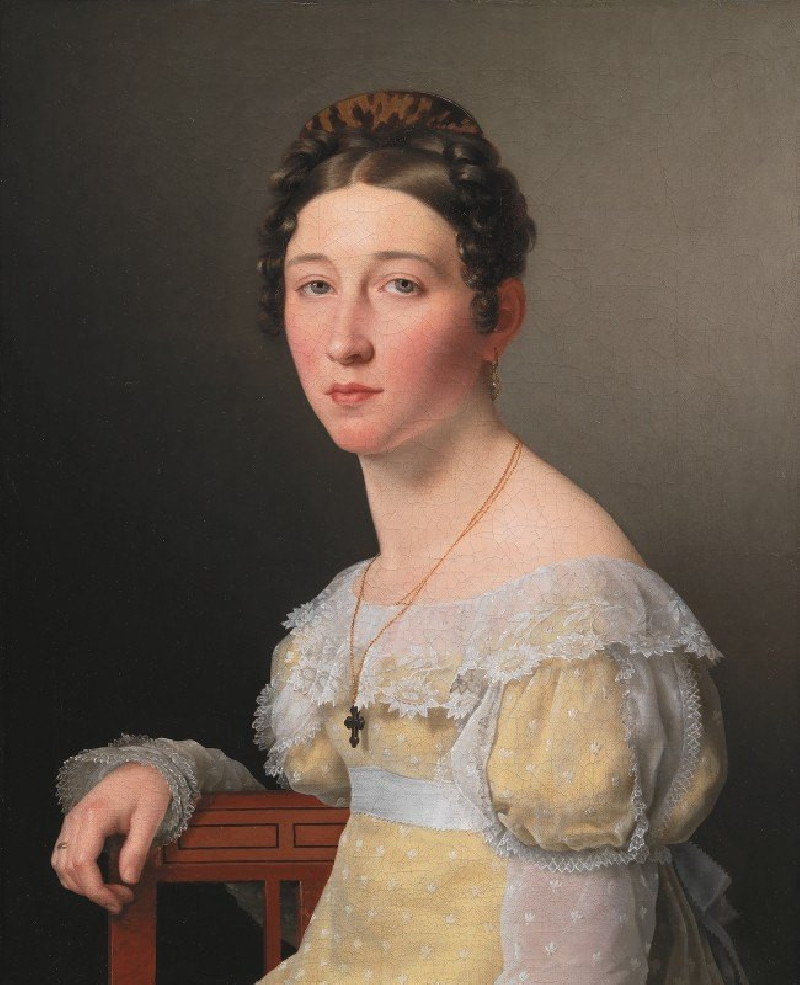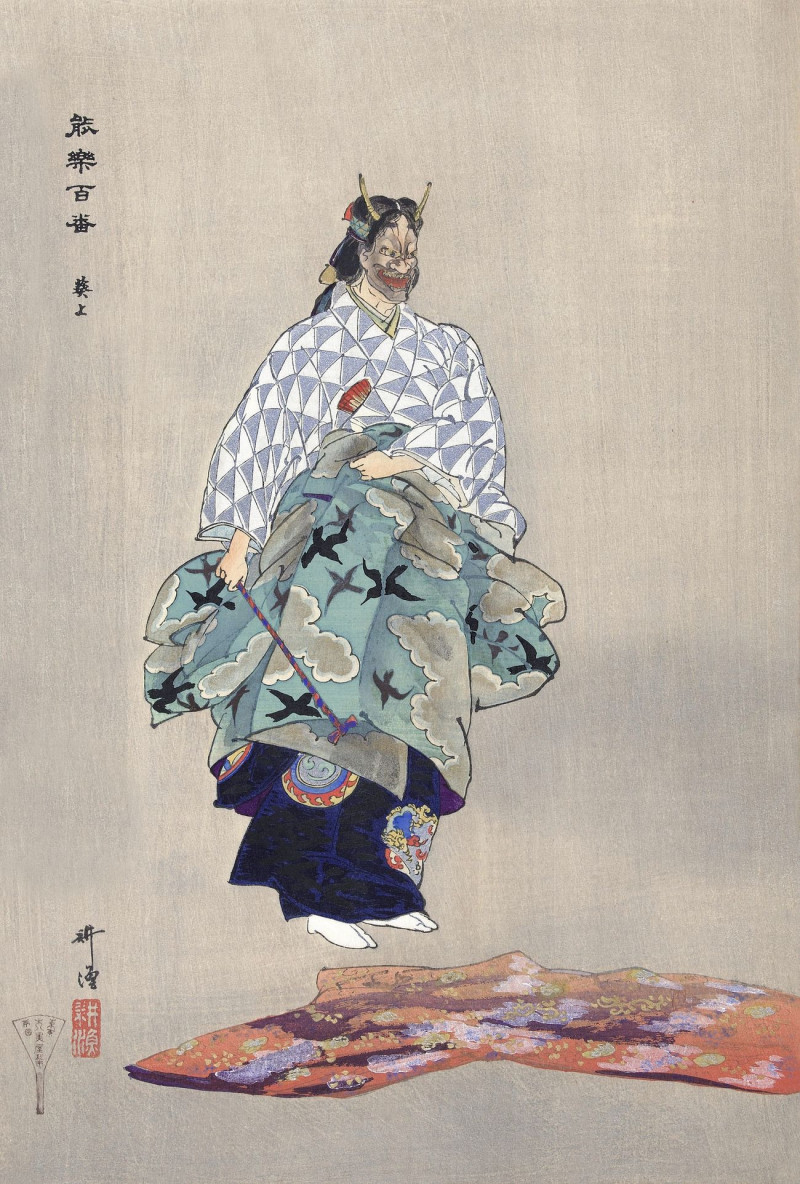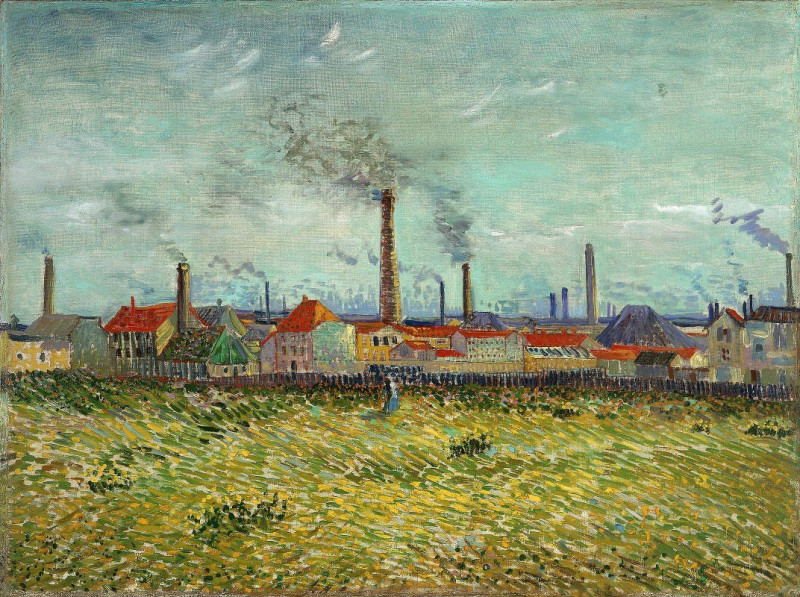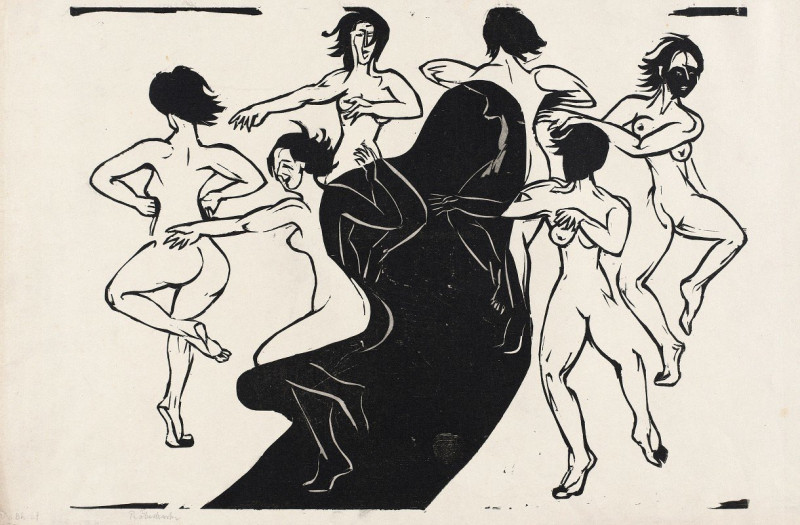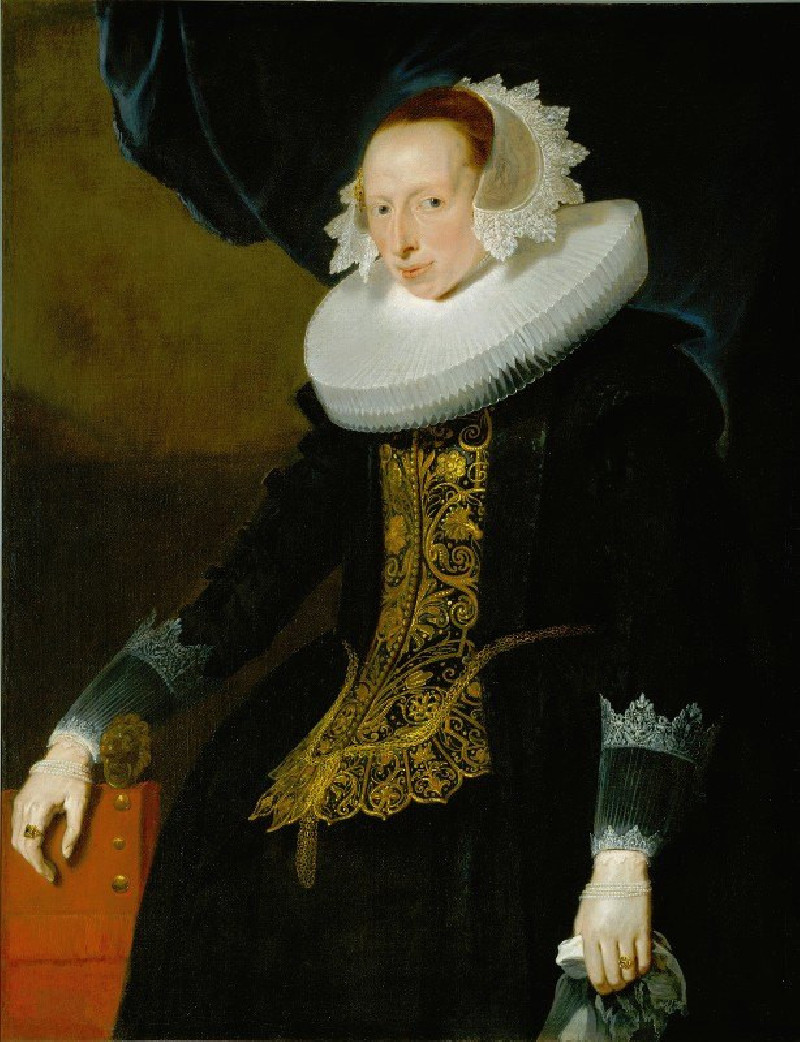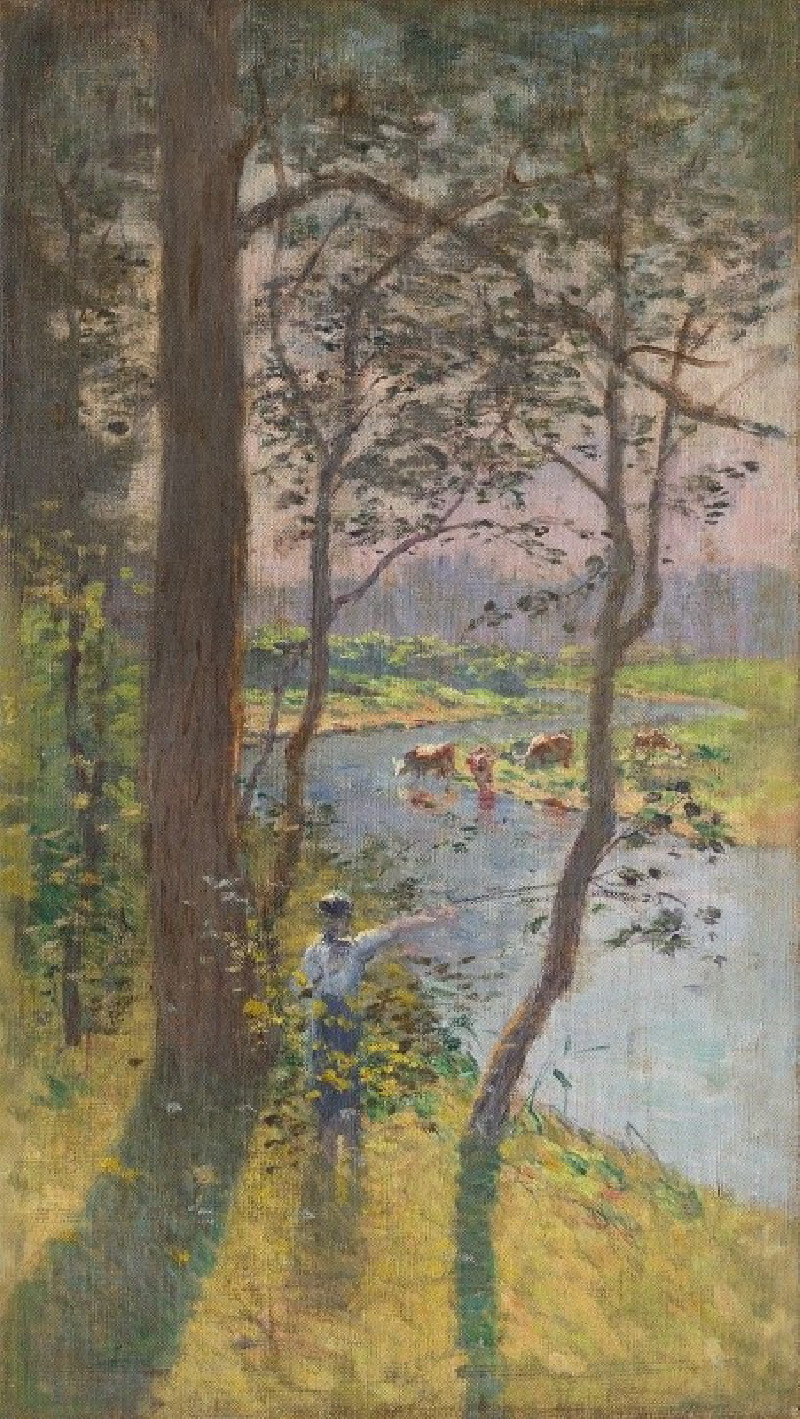Prismes-39 (1931)
Technique: Giclée quality print
Recommended by our customers
More about this artwork
"Prismes-39" (1931) by Emile-Allain Séguy is a captivating example of modernist artistic expression, filled with a vibrant interplay of geometric forms and bold coloration. This painting showcases irregular shapes and abstract patterns that create a dynamic visual landscape. Splashes of intense blue and calming grey form a stark contrast with striking yellow accents, suggesting movement and energy. The textures in the composition add depth, with certain elements possessing a gritty, almost tactile quality, while others appear smooth and fluid.Séguy's work is renowned for its ability to merge natural elements with stylized abstraction, and "Prismes-39" remains a powerful testament to his innovative approach to design and color. This painting invites viewers to explore the balance between form and chaos, encouraging a deep engagement with the shapes and colors that dominate the canvas.
Delivery
Returns
Emile-Allain Séguy was a popular French designer throughout the Art Deco and Art Nouveau movements of the 1920s. Often confused with the French entomologist Eugene Séguy who was active during the same time period, E.A. Séguy designed primarily patterns and textiles and was heavily influenced by the natural world. He was particularly fond of the intricate patterns and beauty of insects (Eugene would have approved), which he saw as “mechanic wonders” that provided abundant inspiration for interior design (Schiff, 157).

